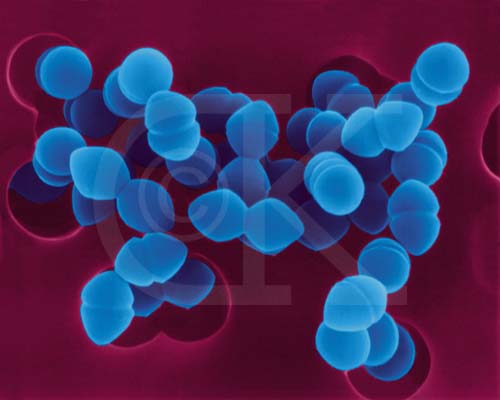

True classification based on evolutionary relationships is becoming possible due to comparative biochemistry studies.
Two branches of prokaryotic lineage are the eubacteria and archaebacteria.
Photoautotrophic bacteria synthesize their own organic compounds using sunlight as the energy source and carbon dioxide as the carbon source.
Chemoautotrophic bacteria utilize carbon dioxide and produce organic compounds using the energy in simple inorganic substances.
Photoheterotrophic bacteria use sunlight as an energy source but their carbon must come from organic compounds, not CO2.
Chemoheterotrophic bacteria include parasitic types that draw nutrition from living hosts, and saprobic types that obtain nutrition from products, wastes, or remains of other organisms.
Bacterial Cell Sizes and Shapes
Typically, the length or width of bacteria falls between 1 and 10 micrometers.
Three basic shapes are common:
Metabolic reactions take place in the cytoplasm or at the plasma membrane. Proteins are assembled on floating ribosomes. Nearly all bacteria have a cell wall, usually containing a tough mesh of peptidoglycan which is peptides cross-linked with polysaccharides.
Historically, the Gram stain (developed by a person named Gram) has been an important tool to distinguish two main categories of bacteria. Cell walls of Gram-positive bacteria retain a deep purple stain. Gram-negative bacteria lose the purple color when washed with alcohol and stain pink with a counterstain.
This animation (Audio - Important) describes gram staining
Exterior to the cell wall is the glycocalyx, a jellylike capsule that helps bacterial cells attach to a substrate or deter the host's infection-fighting cells.
Two kinds of filamentous structures may be attached to the cell wall:
REVIEW: A rod shaped bacterium is called a��
PREVIOUS
NEXT
LECTURE 13 INDEX
MAIN INDEX